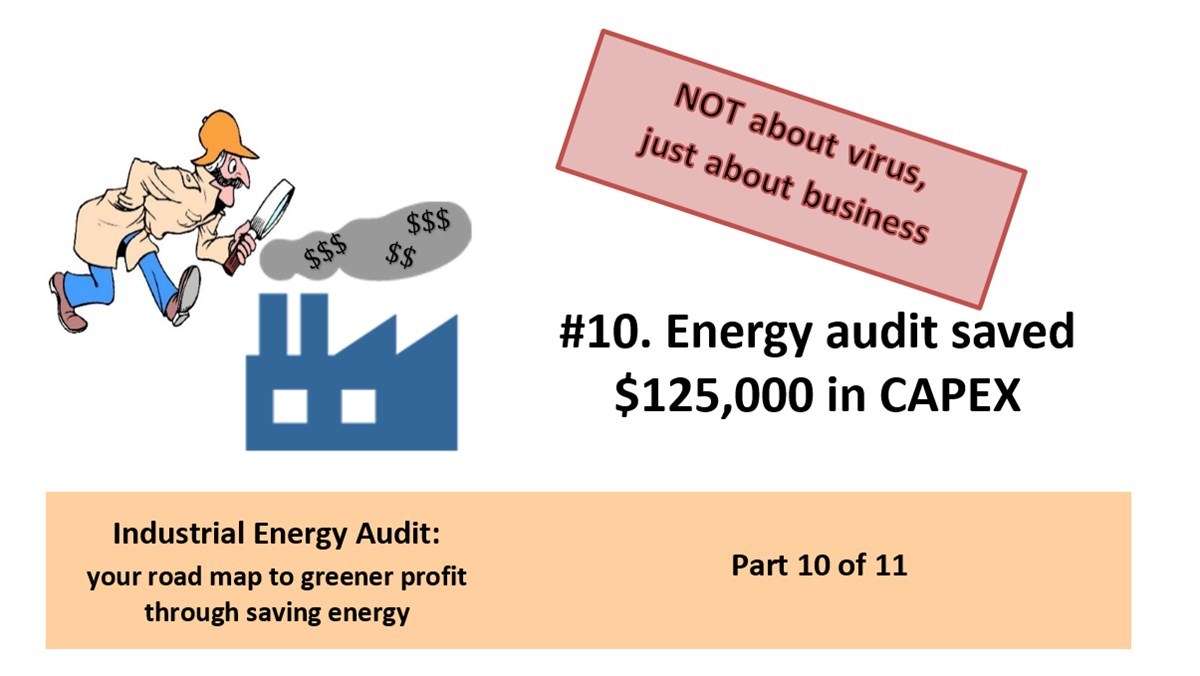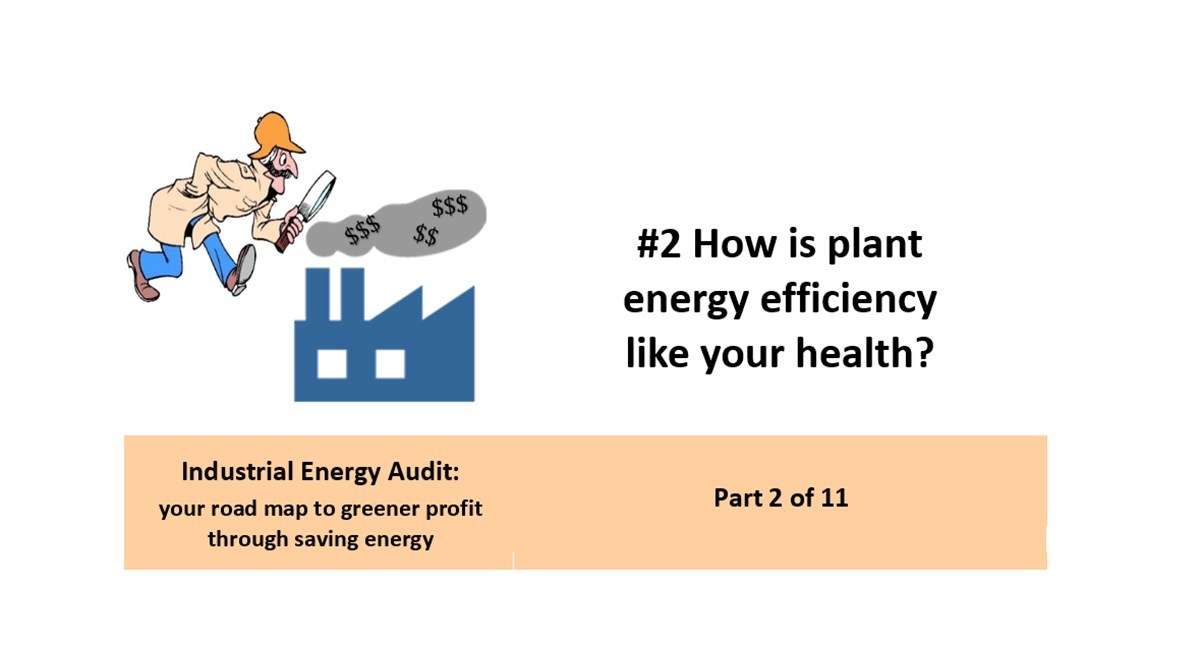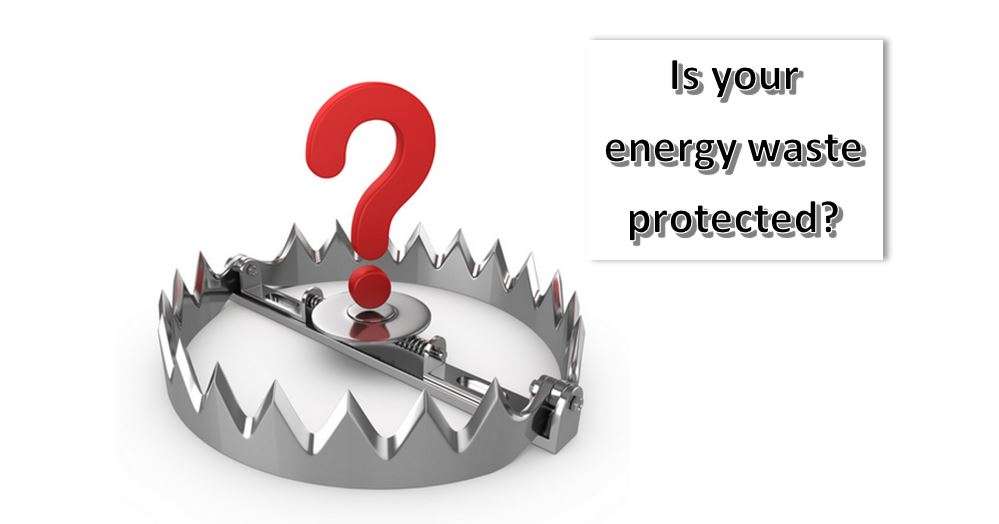If water is part of your recipes or your plant runs an absorption cooling tower you likely pay for sewage service you do not use. With some effort your plant may decrease water bill without changing production processes.
Water service is not cheap any more
Water used to be cheap in Canada. Not any more: in 2014 1m3 of water in Toronto costs almost $3, which constitutes an almost 50% increase since 2010. You may like to see history of water service rates here.
What is unused sewage service worth?
For every dollar an industrial user pays for water 57 cents is payment for sewage, while only 43 cents is payment for water delivery. For a midsize industrial bakery paying $30,000 per year about 10,000 m3 of water in Toronto, this bill comprises $12,900 for delivery of water and $17,100 for sewage. The reasoning behind this split is very simple: unless convinced otherwise City of Toronto assumes that whatever water is delivered to the facility will eventually be drained into sewage.
In many cases most of the water delivered to a food plant leaves it as part of product, vapour in ventilation air, evaporation tower vapour and sediment tank solution. Unused, but paid for sewage service, is worth in excess of $10,000. Year after year.
How to cut your water bill?
- Apply for Block 2 industrial water rate.
An industrial user in Toronto can apply for reduced water rates for consumption in excess of 6,000 m3 per year. Details can be found at the City of Toronto site.
- Meter water used at plant and not drained to sewage
No industrial facility has to pay for services it does not use. Done right, your plant can avoid paying for sewage service it does not use, thus likely cutting the water bill by half.
To achieve this result, plant has to meter water use in places where incoming water is not going to be drained. This can be done through installation of water meters and collection of data. Documented consumption can be used to prepare a so called “differential report” to be presented to the City. When such report is accepted, City will establish a water rate for next year based on your actual consumption of sewage services.
In addition to paying for amount of sewage water, food plants pay for the degree of contamination of this water. Rates are determined through measuring the amount of contaminants in actually drained water. Total fee is determined by multiplying obtained rates by amount of delivered water. Depending on the nature of production contamination charges may exceed water charges. Proving lower amount of water drained into sewage plant will decrease contamination charges as well.
Which plants will benefit the most?
Plants that use substantial portion of water in their processes and do not drain it afterwards will benefit the most from measuring consumption and preparing a differential report.
Places to look for bill water cutting opportunities:
- Recipe water: especially bottling juices from concentrates, baking, making soups
- Evaporation tower; beware that some water from such towers is drained
- On-site water treatment that trucks dirty water off-site







Leave A Comment